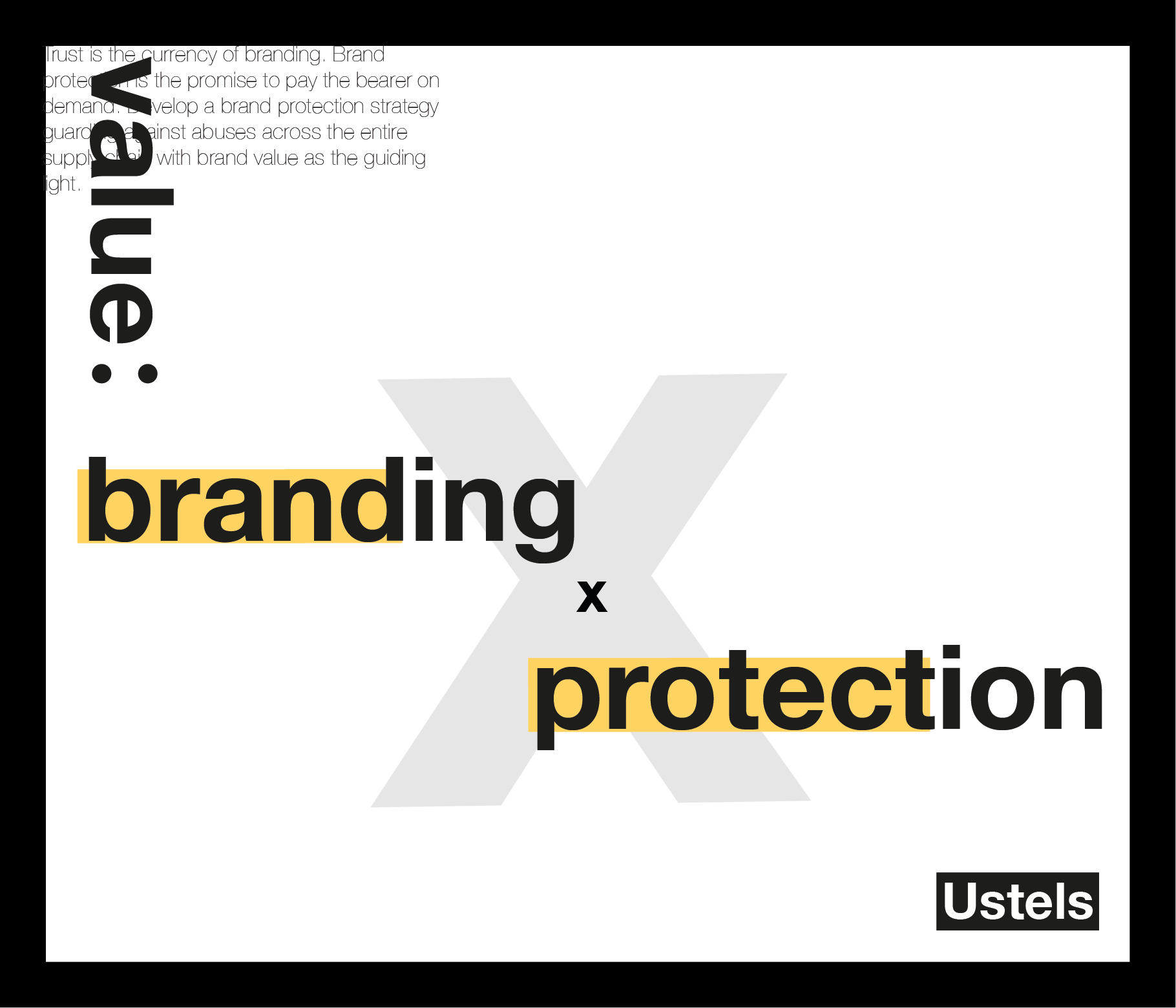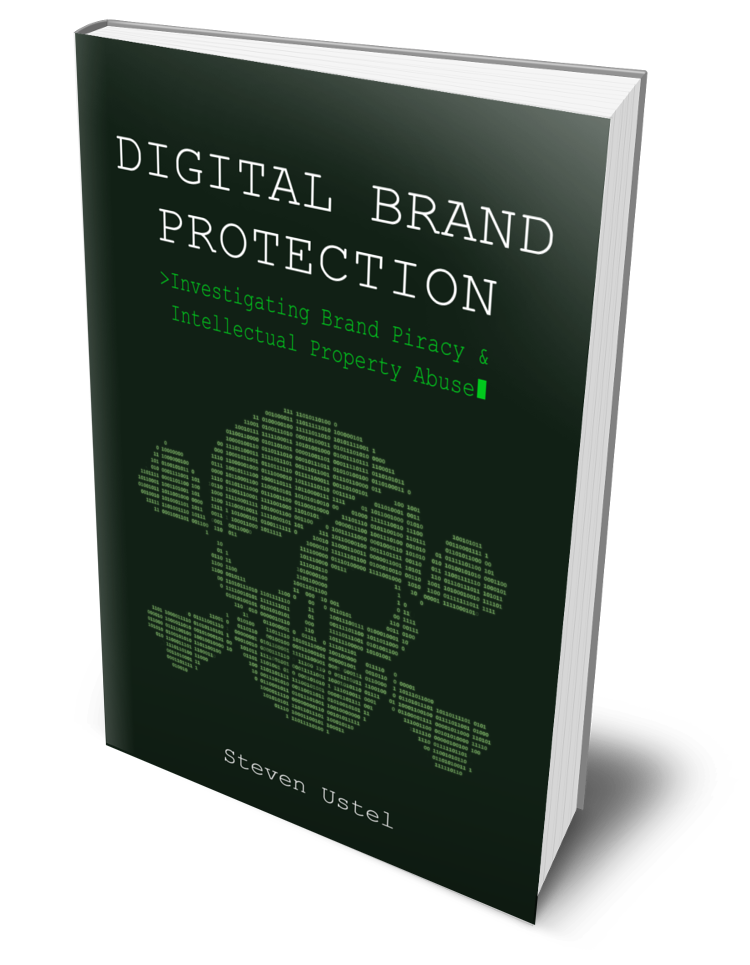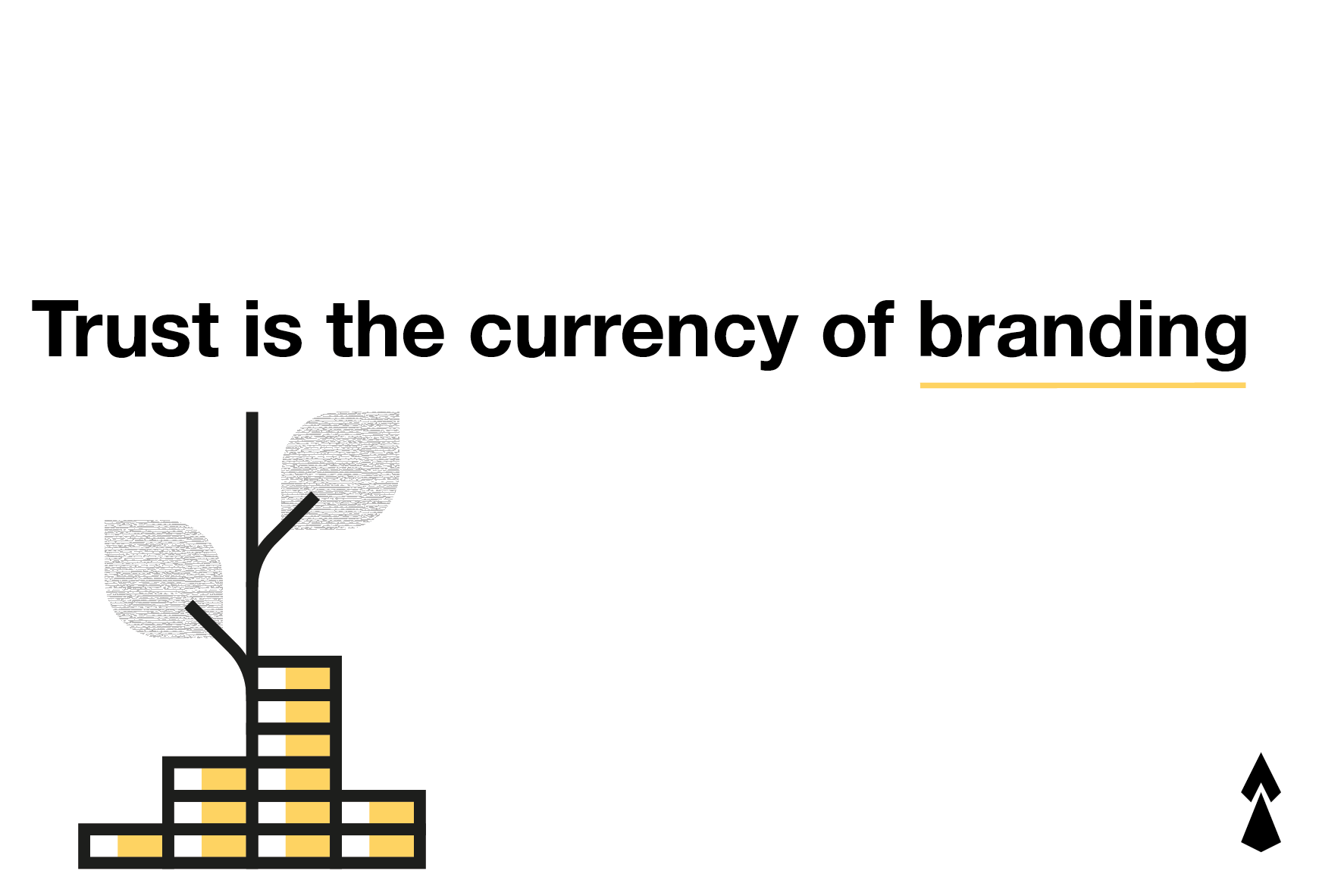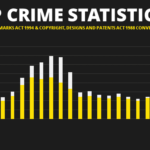Brand Value The Guiding Light
Trust is the currency of branding. Brand protection is the promise to pay the bearer on demand.

The Currency
Branding is the process of creating, developing, enhancing, and exploiting brand assets for commercial gain. Brand assets include trade marks, copyrights, patents, and designs. However, the term ‘brand assets’ should not be considered synonymous with intellectual property rights (IPRs). Whilst IPRs are central, branding is so much more than just registering IPRs, it embraces reputation, values, personality, domain names, social media accounts, ecommerce stores, goodwill, know-how etc. Appreciating the interplay between the various assets is vital in building a sustainable brand.
Branding must also be woven with an appreciation of the online world, digital norms, and hyper-connectivity of cyberspace. Bear in mind the convergence of intellectual property rights in the digital age, maybe not in terms of legal definition, but in the more important realm of real-world relevance. A well-managed social media handle can deliver greater value than a trade mark. Brand building is no longer restricted to registering trade marks and marketing. Music artists and film studios are as concerned with brand management as a luxury handbag manufacturer. Digital content creators need to develop an online brand and brand owners are using content marketing to build connections with consumers. The methods employed will differ, but considerations of intellectual property rights, online distribution channels, emerging consumer touchpoints, and digital culture are pervasive.
Key to the term ‘brand assets’ is the understanding that brands are an asset, a resource, to be purposely cultivated in order to meet stated goals. The sum of the assets act as a ‘mental patent’, signalling delight in the mind’s eye of the consumer. The swell of emotions and associations build a comfortable familiarity. Consumers do not just buy products, they buy into an expectation. Purchasing intent is driven by these expectations, branding underwrites the expectation. However, branding which does not authentically reflect the company will fail. This does not mean the company or product line associated with the brand fails, but the brand will deliver no added value to the company or consumers. The assets are no longer assets, but flip to the liabilities side of the balance sheet. Draining resources, draining confidence, and failing to meet expectations. Only by delivering surplus to consumers, and in turn the company, does the activity of branding become an efficient, value-adding signal.
The Promise
Unfortunately, a consequence of a successful brand is infringement. Success breeds imitation and attracts scammers. Infringement suffocates brand assets. If branding acts as a mental patent, then any infringement which impact the underlying inventiveness of the brand must be incorporated into the strategy. Brand protection eliminates infringements which create confusion, dilute distribution channels, and confuse consumer expectations.
When it comes to brand protection, consider the bigger picture encapsulating all brand assets, including: intellectual property rights, domain names, content, know-how, reputation management, fake news, content governance, social media management, data leaks, digital marketing, and brand personality and voice.
On this basis, a brand protection strategy must consider: counterfeiting; trade mark abuse; malicious domain name registrations; cyber-squatting; patent infringement; design infringements; digital piracy; software facilitating piracy; grey market; authorised distribution channels compliance; social media accounts claiming false association; infringing mobile apps; fake news about a company or key personnel within the company; outbound phishing scams; fraudulent digital advertising; traffic misdirection; data breaches; and leaks of proprietary or sensitive information. This is not an all-inclusive list, as each brand has priorities directed by their business, market, and competitive forces. Brand protection means different things to different rightsholders. A bank is likely to be most concerned with outbound phishing scams; whereas a YouTuber will be more concerned with copyright infringement. A large media company such as Disney is likely to face all forms of abuse from digital piracy, to counterfeiting of merchandise to cyber-attacks, brand tarnishment, distribution issues, and everything in-between.
Developing A Brand Protection Strategy
Brand protection is the process of preventing, pursuing, protecting, and preparing against illicit activity which abusively and unfairly uses brand assets. Crafting a strategy necessarily involves connecting various internal stakeholders from legal, to logistics, marketing, security, brand management, and finance behind the common goal of developing a brand which delivers. Again, with the phishing example; a rightsholder may have access to a very large and expert cyber-security team which can handle all investigations into phishing attacks. But when the attack has an impact on brand assets or consumer expectations, the brand protection team must work alongside the cyber-security team. Remediating the security threat does not invariably mitigate damage to the brand.
For more on developing a brand protection a strategy:
For more on brand protection strategy & investigations, check out the book: Digital Brand Protection




